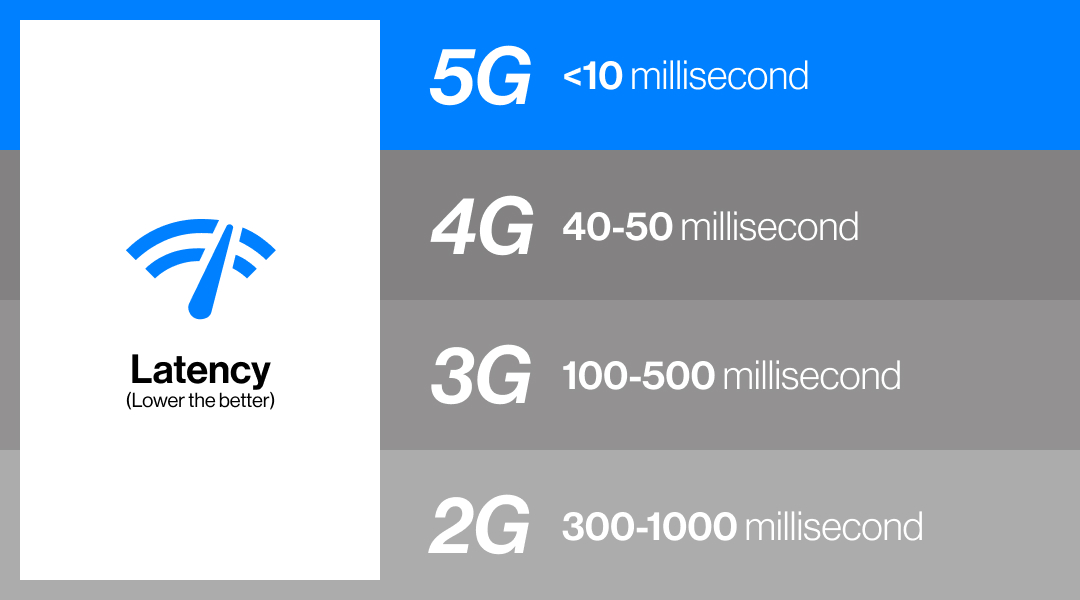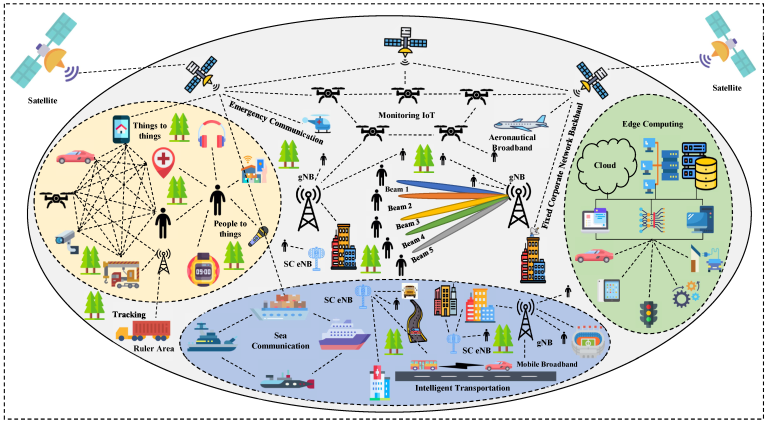Understanding 5G Network Speed and How Fast It Really Is
telcomatraining.com – The arrival of 5G technology marks a revolutionary step in the evolution of wireless communication. With promises of ultra-fast speeds, minimal latency, and enhanced connectivity, 5G is set to reshape how we live, work, and connect. But how fast is 5G, really? In this article, we’ll break down the key features of 5G network speed, how it compares to its predecessors, and what you can realistically expect from this next-generation technology.
What Is 5G?
5G, short for fifth-generation wireless technology, is the latest advancement in mobile networks. It succeeds 4G LTE and is designed to support a massive number of devices while offering faster speeds, higher capacity, and lower latency. 5G isn’t just about speed—it’s about creating a more responsive and reliable network infrastructure for everything from smartphones to smart cities and autonomous vehicles.
How Fast Is 5G?
Speed is one of the most talked-about benefits of 5G. While the theoretical maximum speed of 5G can exceed 10 Gbps, actual real-world speeds vary depending on several factors including location, network infrastructure, and the type of 5G spectrum being used.
There are three main types of 5G frequencies:
- Low-band 5G: Offers broad coverage but lower speeds, typically between 100 Mbps to 250 Mbps.
- Mid-band 5G: A balance between speed and coverage, delivering speeds of 300 Mbps to 1 Gbps.
- High-band (mmWave) 5G: Offers the highest speeds, often exceeding 1 Gbps, but has limited range and is more affected by obstacles.
Comparing 5G to 4G LTE
To understand the impact of 5G, it helps to compare it to the previous generation. 4G LTE networks generally provide download speeds between 20 Mbps to 100 Mbps in real-world conditions. That means 5G can be 10 to 100 times faster, especially when using mid or high-band frequencies.
In practical terms, downloading a full HD movie on a 4G network might take 7 to 10 minutes. On a 5G network, that same movie could be downloaded in just seconds.
Why 5G Speed Matters
Speed isn’t just about convenience. The ultra-fast connectivity of 5G can support advancements across multiple industries:
- Healthcare: Enables real-time remote surgery and telemedicine.
- Gaming and Entertainment: Supports cloud gaming with no lag and high-quality video streaming.
- Autonomous Vehicles: Allows instant data transmission for safer and more efficient driving.
- Smart Cities: Enhances IoT devices with instant communication for better traffic control, energy management, and public safety.
Factors That Affect 5G Speed
While 5G offers impressive potential, several factors influence the speed and quality of the connection:
- Device Compatibility: Only 5G-enabled smartphones or devices can access the network.
- Network Coverage: Not all areas have widespread 5G availability, especially rural regions.
- Signal Interference: Buildings, trees, and even weather can impact high-band 5G performance.
- Carrier Infrastructure: Different telecom providers have varying levels of 5G deployment and performance.
The Future of 5G Speed
As telecom providers continue to invest in 5G infrastructure and technology advances, we can expect even faster and more reliable speeds. Technologies like 5G Standalone (SA) and network slicing will further optimize performance for specific applications, from streaming to industrial automation.
Conclusion
5G is more than just hype—it’s a transformative technology that offers significantly faster speeds, lower latency, and greater capacity than ever before. While real-world speeds may vary, the improvements over 4G LTE are undeniable. As 5G continues to roll out and mature globally, users can look forward to a more connected and efficient digital future.







